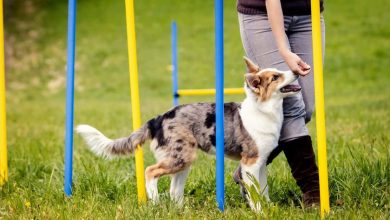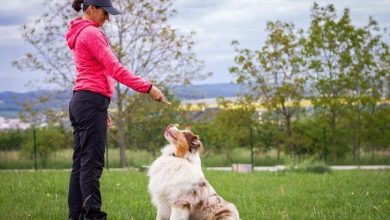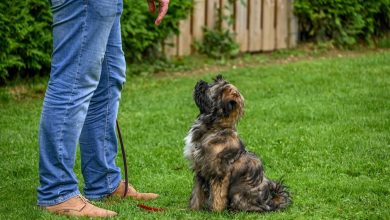How to Teach Your Dog to Greet Visitors Politely
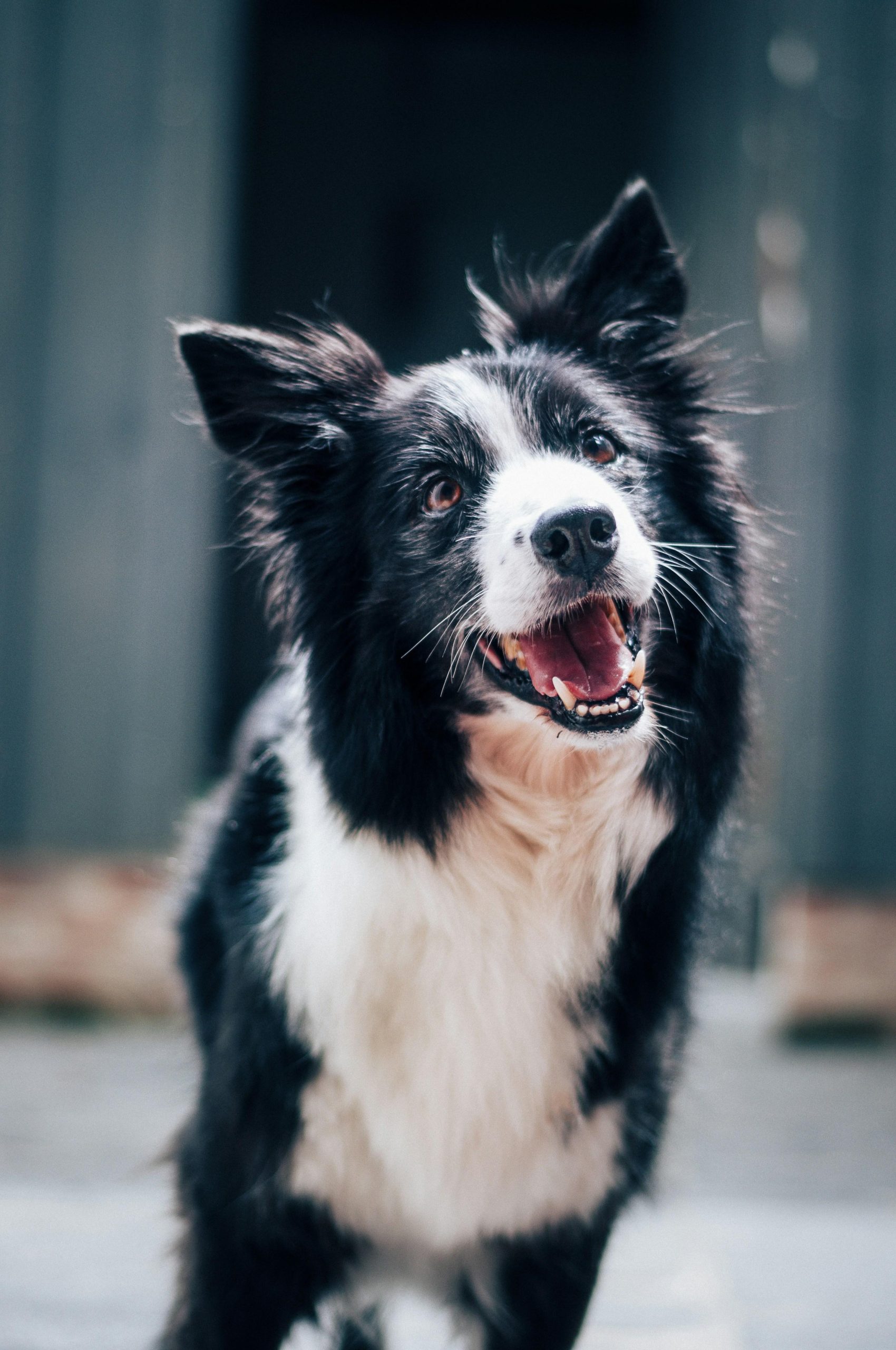
Welcoming guests into your home should be a pleasant experience for everyone involved, including your furry family members. However, if your dog tends to get a little too excited or anxious when visitors arrive, it can turn a warm greeting into a chaotic scene. Teaching your dog to greet visitors politely not only enhances their social skills but also creates a more harmonious environment for you and your guests. In this article, we’ll guide you through simple, effective steps to help your dog master the art of a calm and friendly welcome. With patience and consistency, you’ll transform your enthusiastic pup into the perfect host, making every visit a joy for all.
Creating a Calm Environment for Your Dog
Designing a serene space for your furry friend is crucial in helping them remain relaxed and well-behaved, especially when new people come around. Start by designating a specific area in your home where your dog can retreat to whenever they feel overwhelmed. This space should be comfortable and quiet, equipped with their favorite toys and a cozy bed. Consider using soft lighting or even a calming diffuser with pet-safe essential oils to create a soothing atmosphere.
- Consistent Routine: Establish a daily routine for feeding, walking, and playtime to provide your dog with a sense of stability.
- Background Noise: Use gentle background music or a white noise machine to mask sudden sounds that might startle your dog.
- Positive Reinforcement: Reward your dog with treats and praise when they remain calm, reinforcing good behavior.
- Safe Space: Ensure your dog has a safe haven to retreat to when they need a break from visitors.
Remember, the goal is to make your dog feel secure and at ease, reducing anxiety and promoting positive interactions with guests. By maintaining a calm environment, you’re setting the stage for successful social encounters and a happier, more confident pet.

Step-by-Step Guide to Teaching Polite Greetings
Start by ensuring your furry friend understands basic commands such as sitting and staying. These are foundational skills that will make the greeting process smoother. Begin in a quiet space with minimal distractions, rewarding your dog with treats and praise for following commands. Gradually introduce the concept of a polite greeting by practicing with a friend or family member as a visitor.
- Stay Command: Teach your dog to remain seated when someone approaches. Use treats to reinforce staying in place.
- Calm Approach: Encourage visitors to approach your dog calmly, avoiding sudden movements or loud voices.
- Reward System: Consistently reward your dog for staying seated and calm during the interaction.
Once your dog is comfortable with these steps, practice regularly to reinforce good behavior. Remember, patience and consistency are key. With time, your dog will learn to welcome guests with grace and politeness, making every visitor feel at home.

Using Positive Reinforcement Techniques
When teaching your dog to greet visitors with calmness and courtesy, leveraging the power of positive reinforcement can be incredibly effective. This technique involves rewarding your dog for displaying the desired behavior, making it more likely that they’ll repeat it in the future. Begin by identifying what motivates your dog—be it treats, praise, or a favorite toy—and use it as a reward. Consistency is key; ensure that every time your dog greets a visitor without jumping or barking, they receive a reward.
- Start Small: Begin by practicing with a family member or a friend who is familiar to your dog. Gradually introduce new visitors as your dog becomes more comfortable.
- Reward Quickly: Deliver the reward immediately after your dog exhibits the calm behavior. This helps them associate the behavior with the positive outcome.
- Use Verbal Cues: Incorporate a simple command like “calm” or “greet” to signal the expected behavior. This will help your dog understand what is being rewarded.
- Be Patient: Training takes time and patience. Celebrate small victories and continue reinforcing good behavior consistently.
By focusing on rewarding positive actions rather than punishing negative ones, you create a learning environment filled with encouragement and trust. This not only helps your dog learn faster but also strengthens the bond between you and your furry friend.
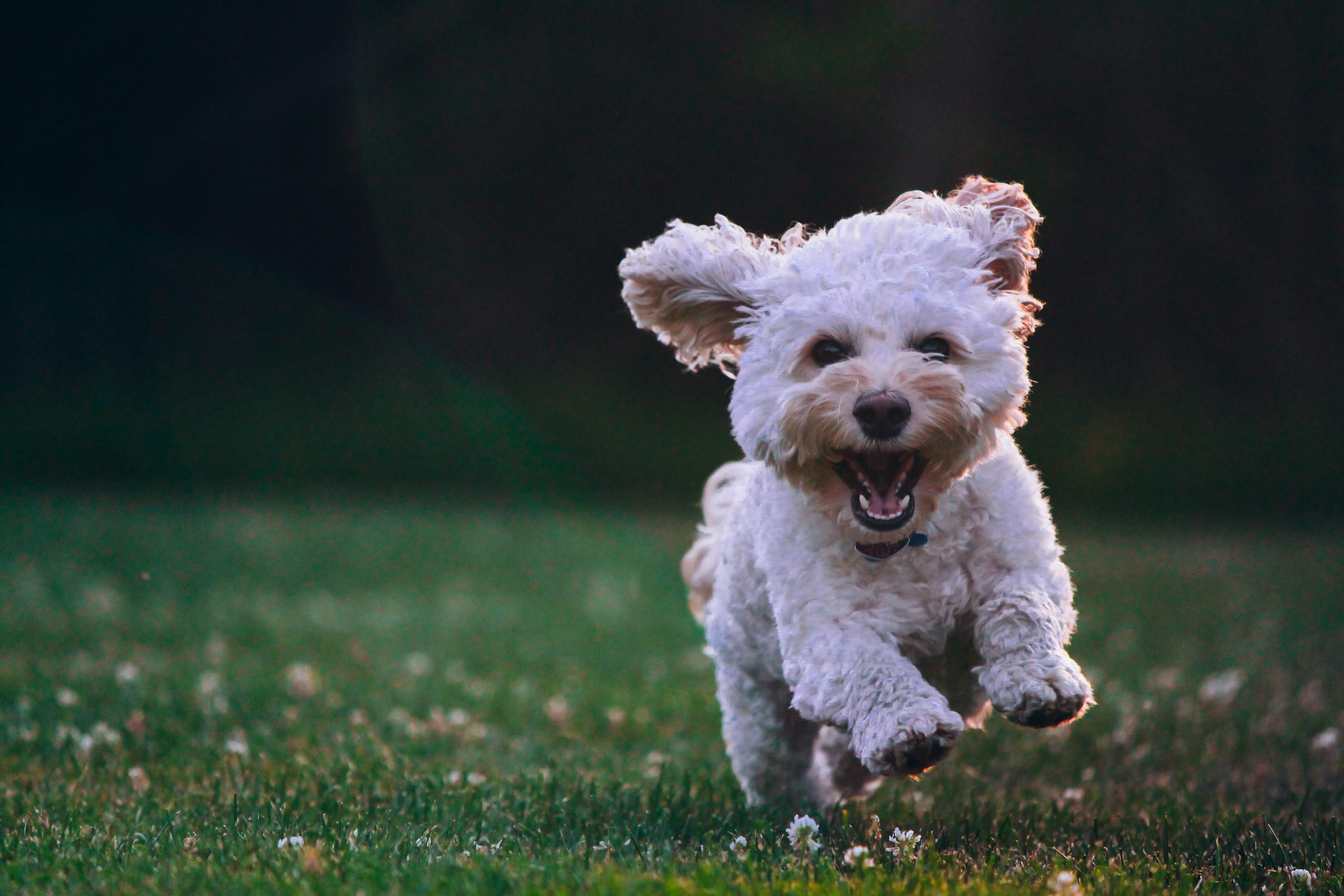
Troubleshooting Common Greeting Challenges
Even with consistent training, your furry friend might encounter a few hiccups when learning to greet visitors with grace. Here are some common challenges and how to tackle them:
- Jumping Excitement: Dogs often express their joy by jumping up on people. To curb this behavior, instruct your guests to turn away or ignore your dog until it calms down. Consistency is key here; ensure everyone follows the same approach.
- Overexuberant Barking: If your dog tends to bark excessively when someone arrives, practice the “quiet” command in a calm environment first. Reward them for staying silent and gradually introduce distractions like the doorbell to reinforce the behavior.
- Fear or Anxiety: Some dogs may feel anxious around new people. Create a safe space where they can retreat if they feel overwhelmed. Gradually introduce visitors, rewarding your dog for calm behavior, and consider enlisting the help of a professional if needed.
Remember, patience and positive reinforcement are your best allies in overcoming these challenges. Happy training!
To Conclude
teaching your dog to greet visitors politely is not only a wonderful way to ensure a harmonious home environment but also strengthens the bond between you and your furry friend. Remember, patience and consistency are key throughout this training process. Celebrate small victories and be sure to reward your dog with plenty of praise and treats. With time, your dog will master the art of a polite greeting, making visits from friends and family a joyful experience for everyone involved. Keep practicing, stay positive, and enjoy the journey of learning and growing together with your loyal companion. Happy training!

